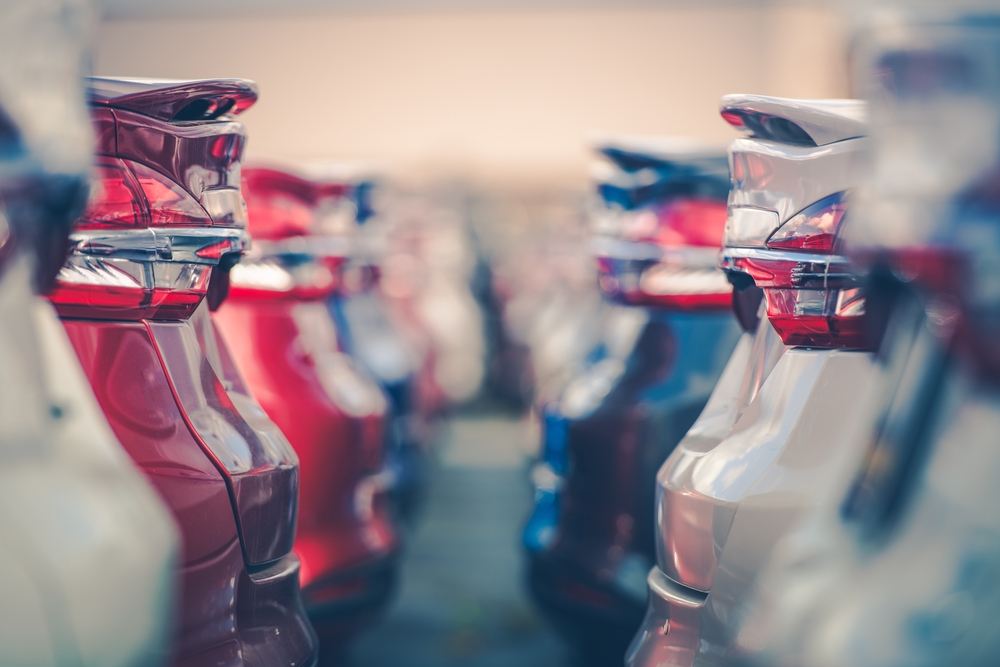
According to the National Automobile Dealers Association (NADA), U.S. auto sales saw a nearly 40 percent decline in March amid efforts to combat the coronavirus.
While new vehicle sales were on a healthy trajectory until mid-March, as states began widespread social distancing and stay-at-home orders, sales began to slow. Dealerships, however, remained open for essential services throughout the month.
NADA reported a 37.9 percent decline in new vehicle sales compared to the same month last year, while the first quarter of 2020 saw a 12.7 percent decline. Raw volume, the report said, fell by 606,000 units to less than 992,000 units sold. Light trucks outsold light vehicles and represented 74.1 percent of the market.
In response, many auto manufacturers slashed interest rates to 0 percent for as long as 84 months, and added several new incentives to increase sales. Automakers also drastically increased their incentives – the average incentive on vehicles was $4,800 during the last week of March, while the average pick-up truck incentive was $7,200 per truck during the same time frame. Both are records.
Many auto manufacturers have ceased production of cars to switch over to manufacturing medical supplies during the coronavirus crisis.
The group estimates that new light-vehicle sales will be down between 13 million and 13.5 million for the year, far less than the projected 16.8 million units. Other economic factors, such as GDP, unemployment rates, and the equities market, continue lower consumer confidence, which ultimately leads to lower auto sales, the report said.
“As the coronavirus continues to hold the country captive with stay-at-home orders across much of the U.S. in place, we will continue to monitor for the impact on the economy, auto production, sales, and dealers,” Manzi said. “In light of the recently passed $2 trillion stimulus bill and other efforts by the government, my hope is that consumer confidence will increase and consumers will be ready to spend once they return to work en masse.”